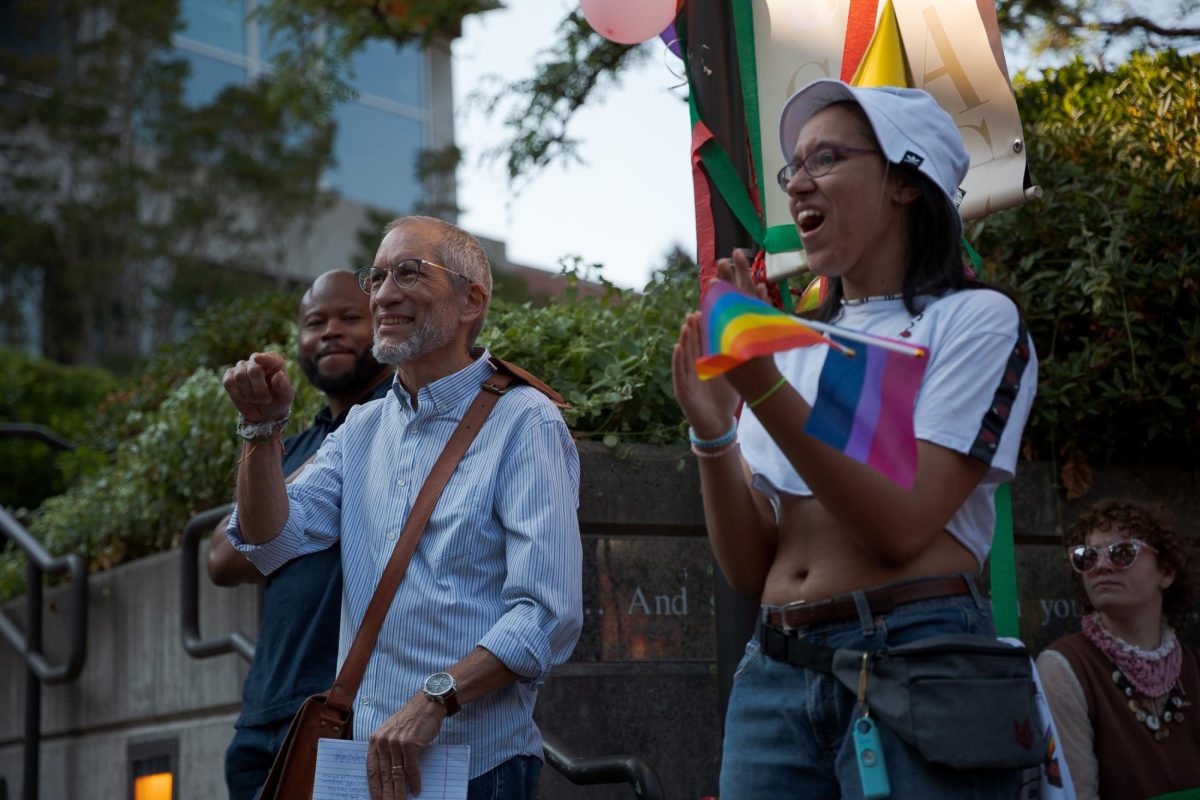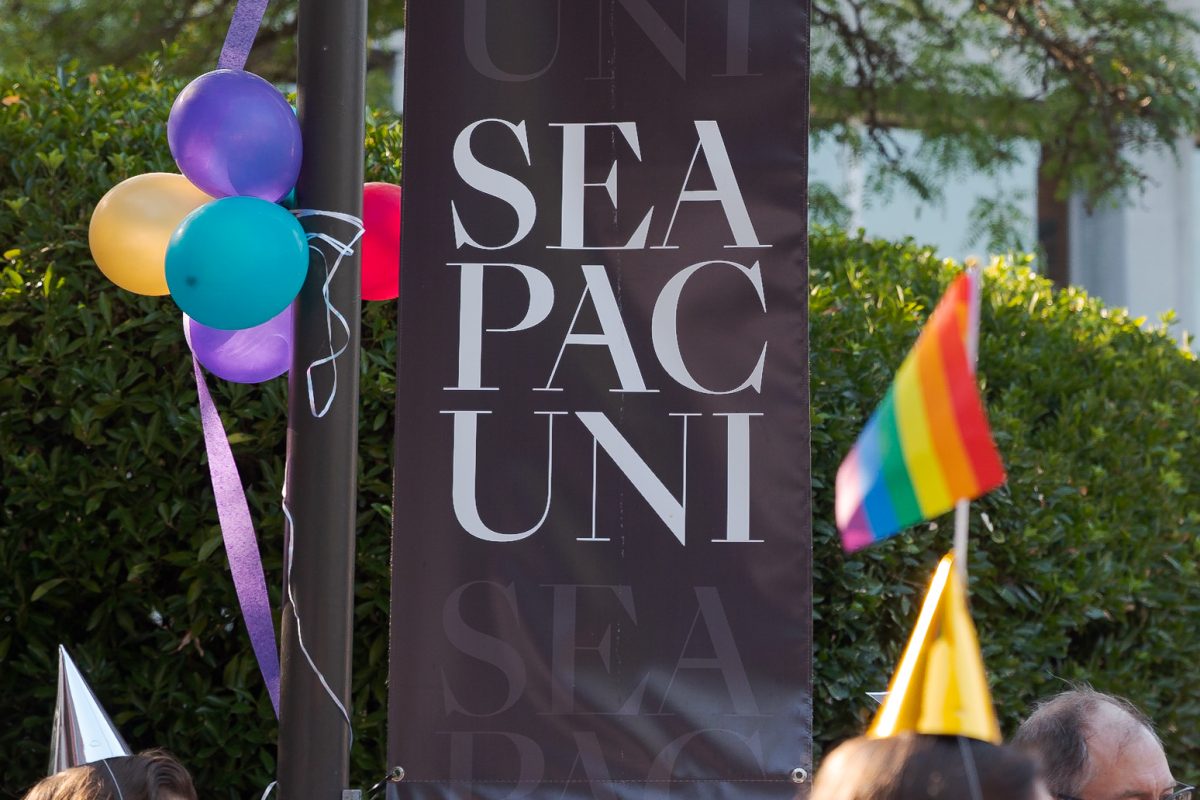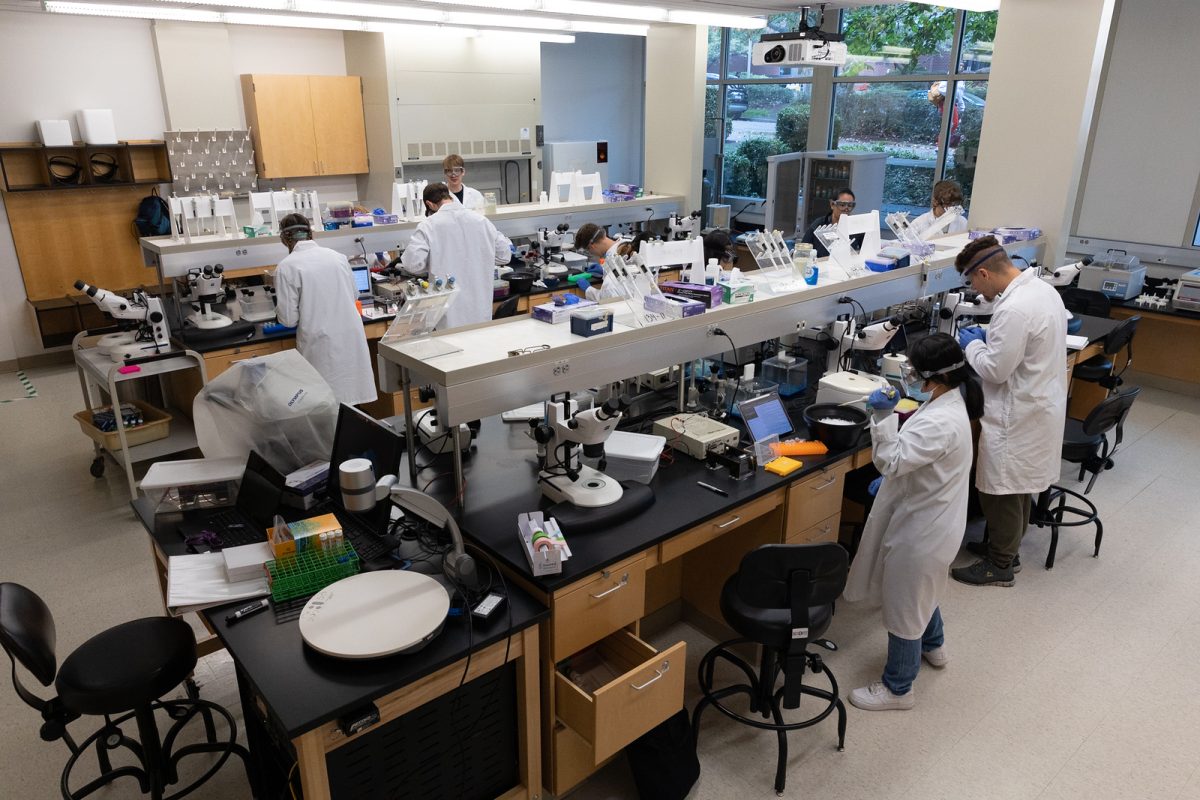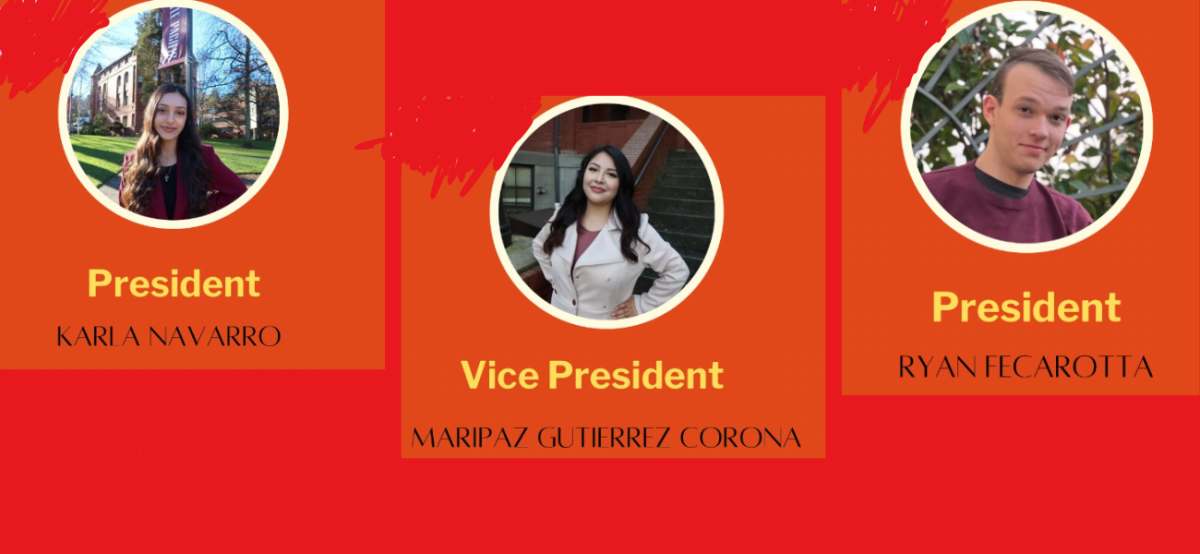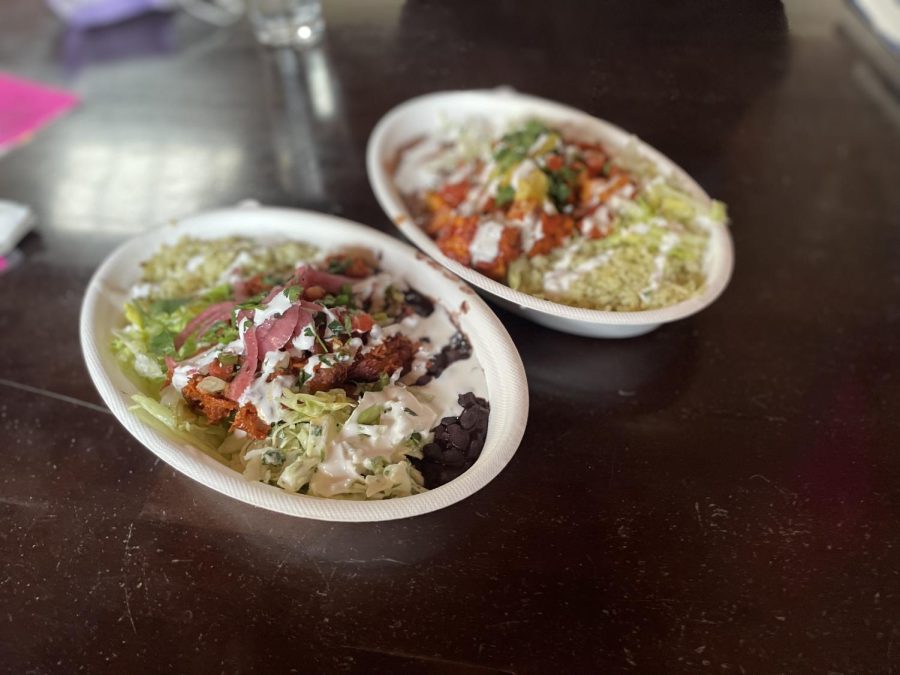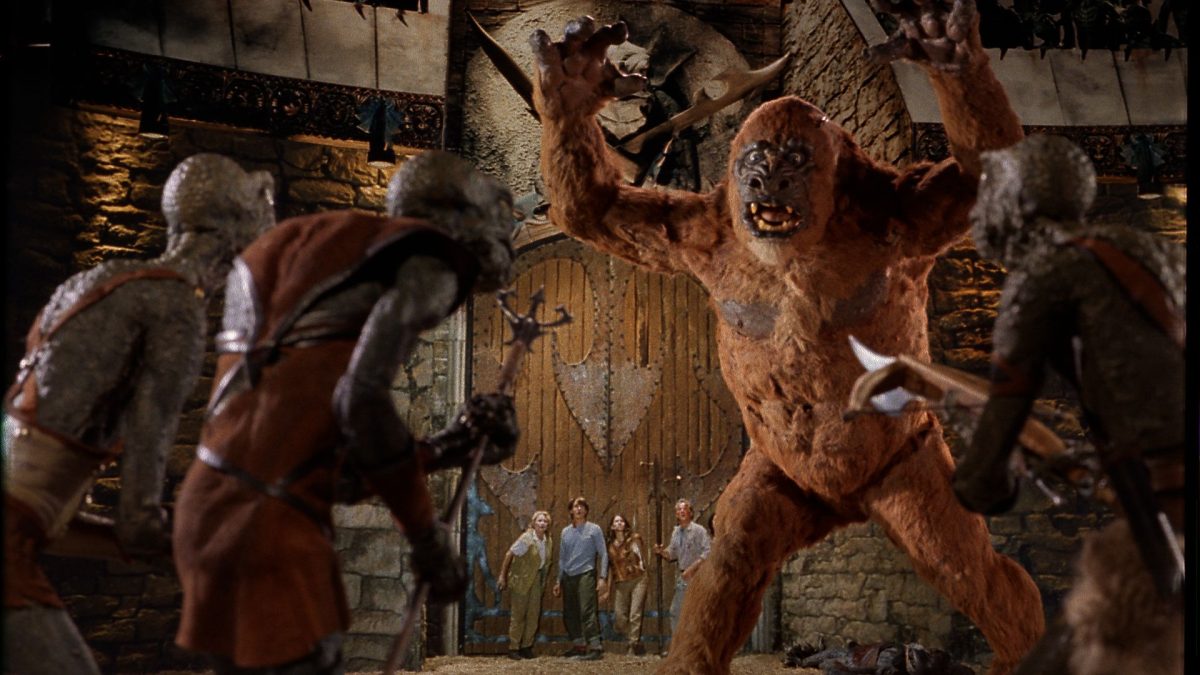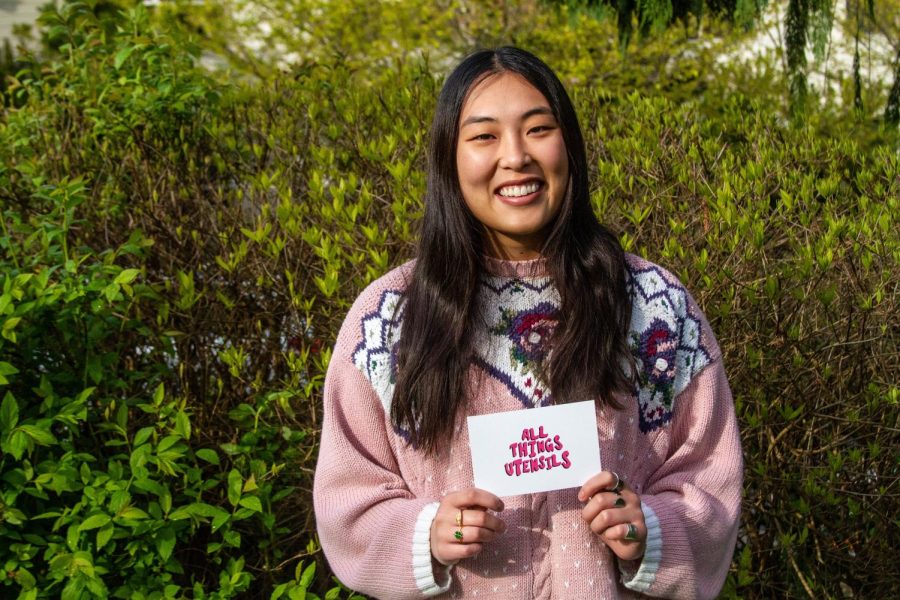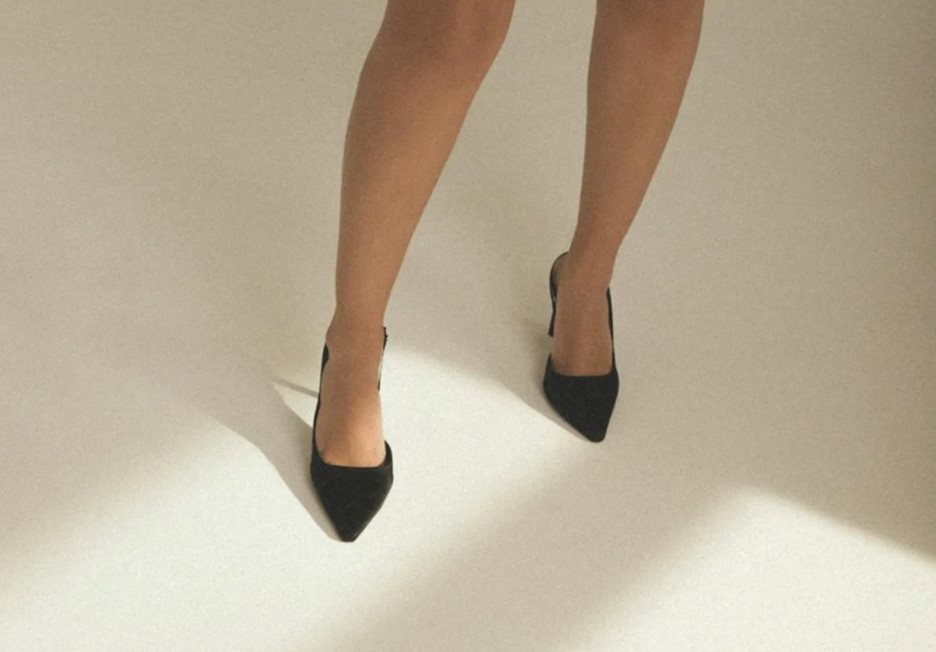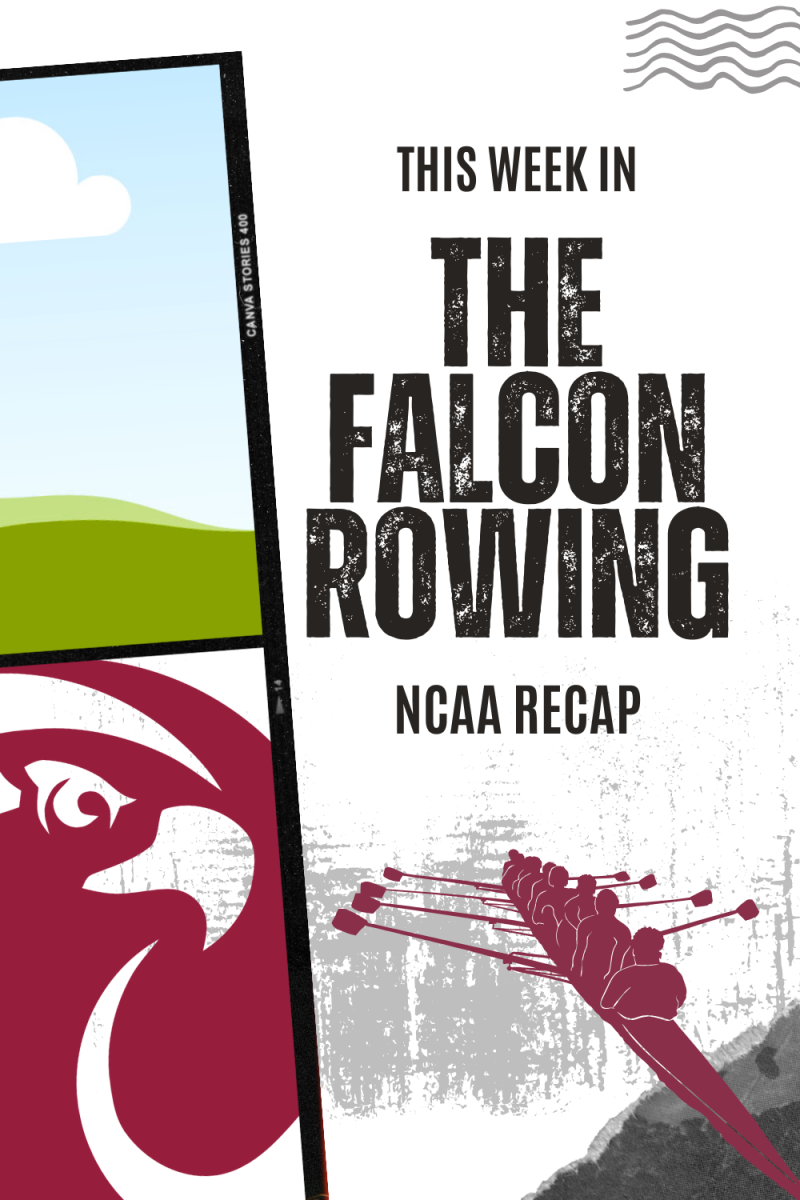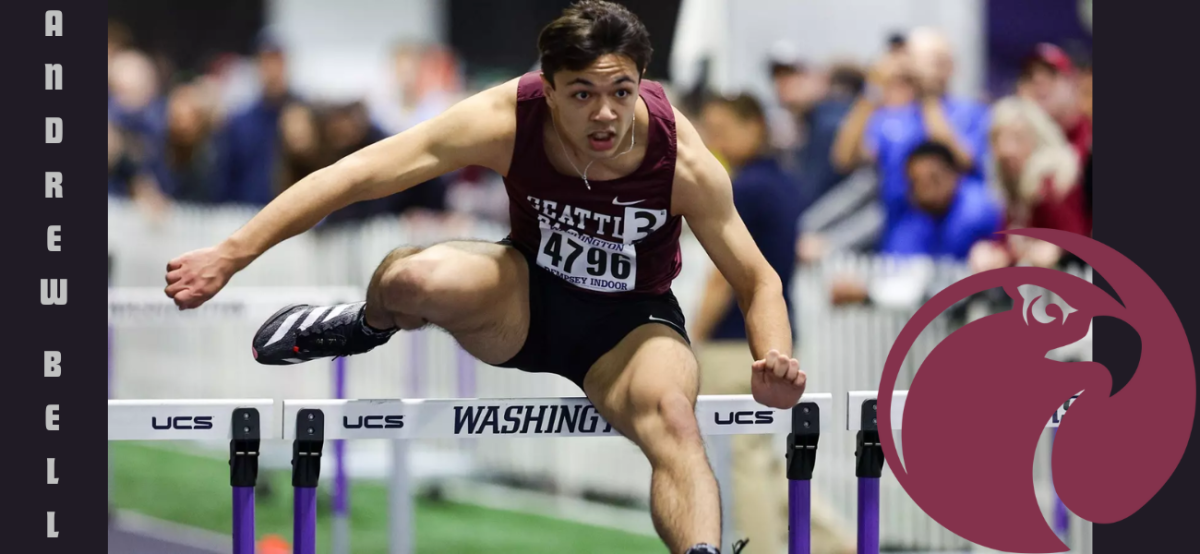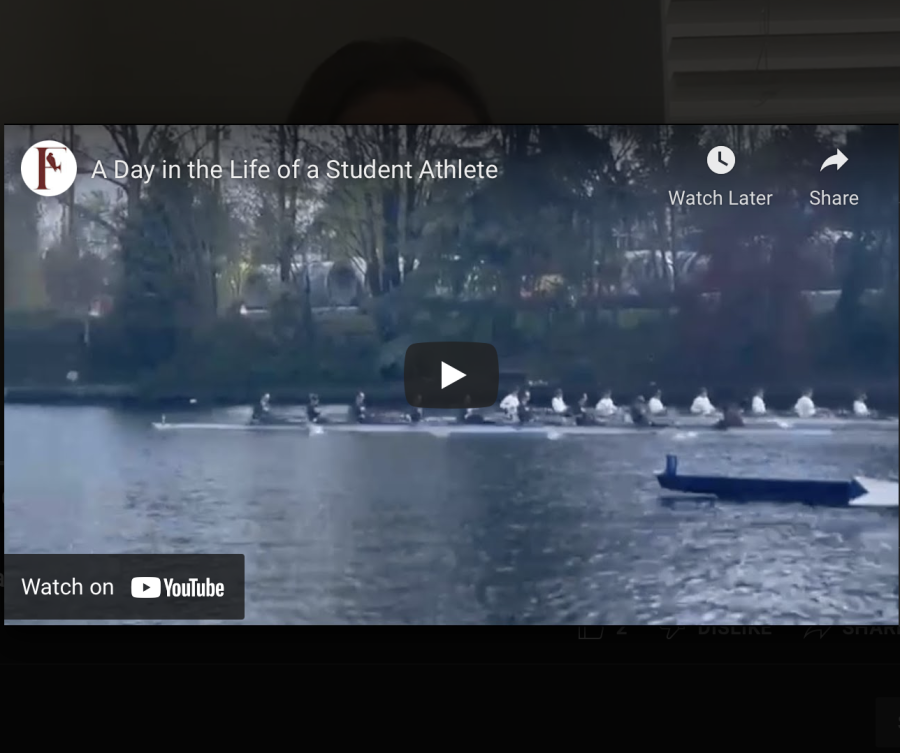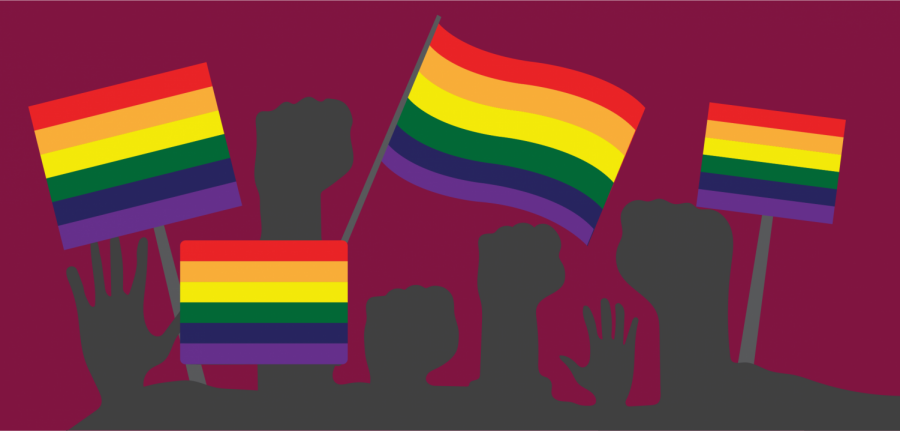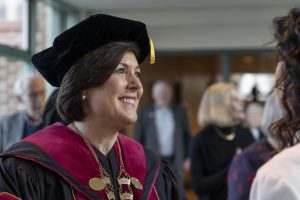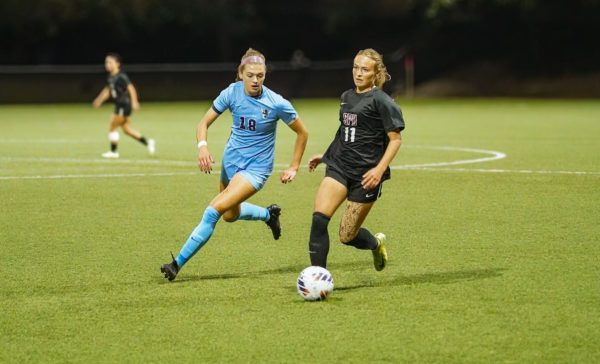Inhabiting an Indigenous body
My experience as an Indigenous person during fall
November 3, 2022

In my experience, the fall season is one of the weirdest times to be Indigenous. Although I get strange and uncomfortable remarks from people year-round when I mention my Indigenous heritage, during fall, I am subjected to some really awkward conversations. With Indigenous Peoples Day at the beginning of October, I get asked all sorts of questions about my culture, my background and what it means to be Native in the United States. This year, I was bombarded with questions about my faith, my family and so many other deeply personal things. It is uncomfortable to be asked these things, especially when it is one of the first interactions I have had with a person. In the fall, I am expected to answer all of these questions without hesitation as if I owe others answers.
Now that I am in grad school studying reconciliation and intercultural studies, people want me to share and speak on Indigenous Peoples Day without properly compensating me for the work that I do. Not only do they expect me to do it for free, they expect me to recount all of the difficulties and struggles of being Indigneous when I would rather share stories of Indigenous joy, love and thriving. With this also comes misinformed questions or assumptions about me and the people I come from. I get the sadly typical responses like, “My great grandmother was Cherokee” or “I took an ancestry test and it came back that I am (insert random percentage) Native!” The people sharing these things with me often do not see the issues behind their statements. They think it is a form of connection, and I see it as a form of erasure.
Then, after I go through those conversations, at the end of October is Halloween, where I inevitably have to witness people appropriating Native culture by wearing cringy costumes that perpetuate harmful stereotypes. Just last year, I was scrolling social media when I saw a white woman I know wearing a Pocahontas costume. She was vehemently defending herself in the comment section, claiming that she had Native friends who told her it was okay and was “honoring” Indigenous culture. Every Halloween, without fail, I witness something similar. After all of that, we still have the Thanksgiving holiday in November where a false narrative about pilgrims and Natives continues to be told. In all of these moments, I feel not just uncomfortable, but twinges of shame.
To inhabit an Indigneous body in a culture that does not honor Native Americans is sometimes unbearable. I find myself having to gear up for the fall season because of the widely circulated misinformation about Indingeous peoples. I have to remind others that Indigenous culture is not a monolith, that there are around 600 different tribes in the United States alone that have very different cultures, practices and beliefs. I also have to remind people not to believe what they have seen in the media about Indigenous people because we are not often represented well.
I have to remind others that Indigenous people are still here, that we are living, breathing beings who have not only have historically been mistreated, but continue to be harmed by the dominant culture. After all that, I still have to remind myself to be proud of who I am – a member of the Winnebago tribe and of beautiful, resilient people.







